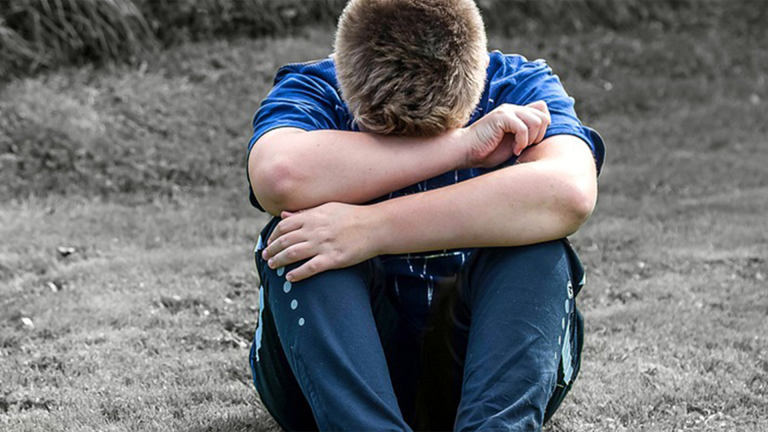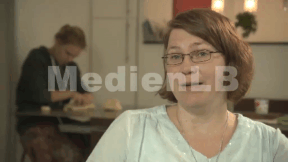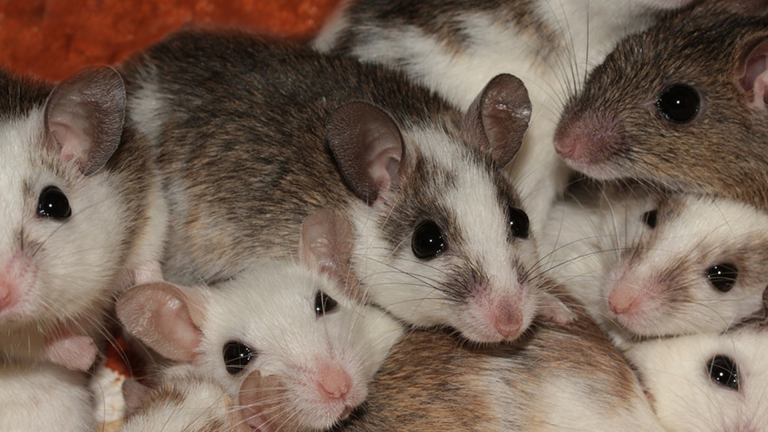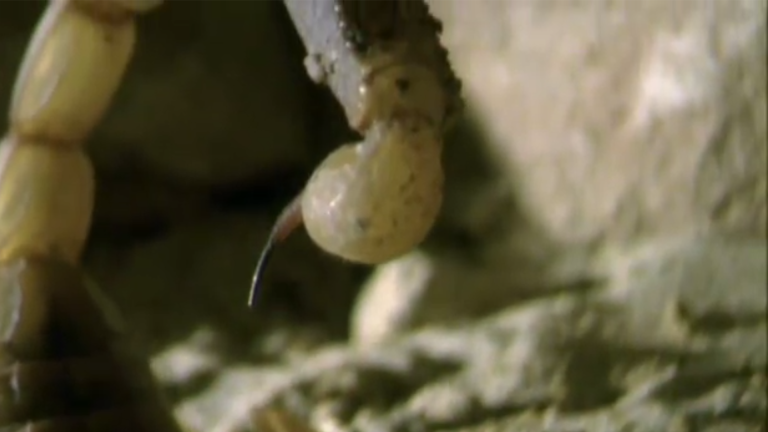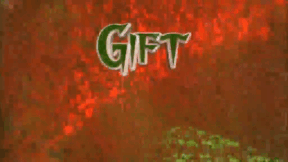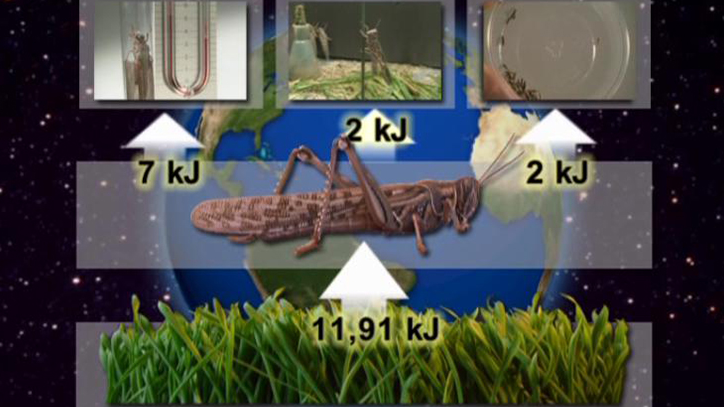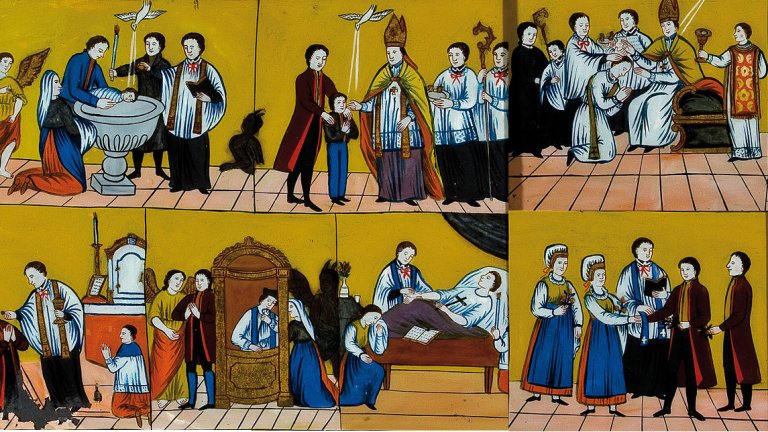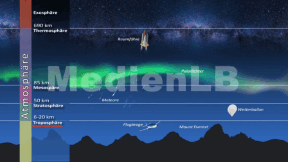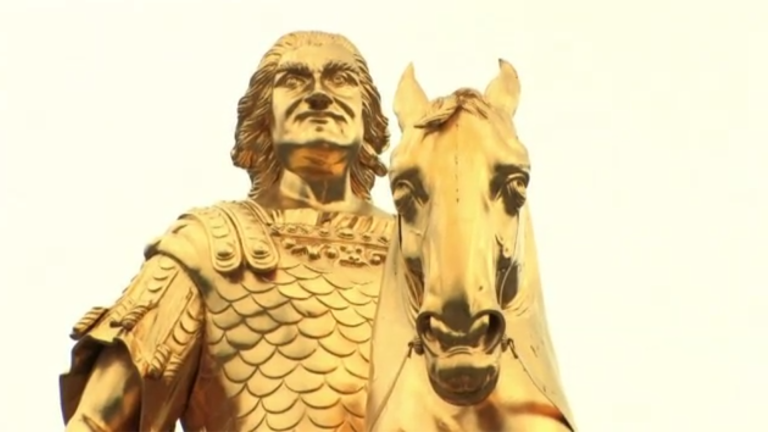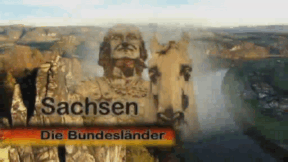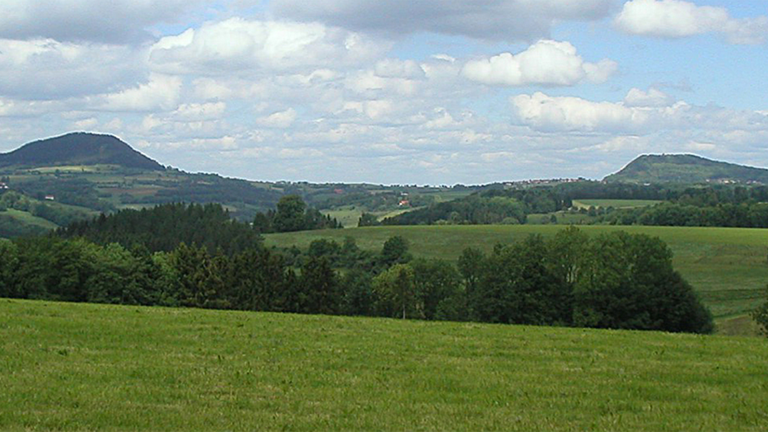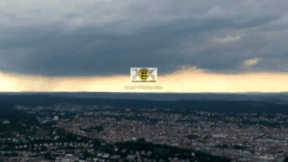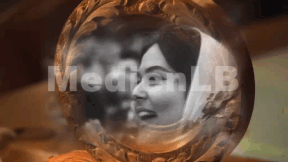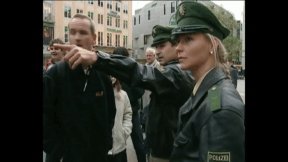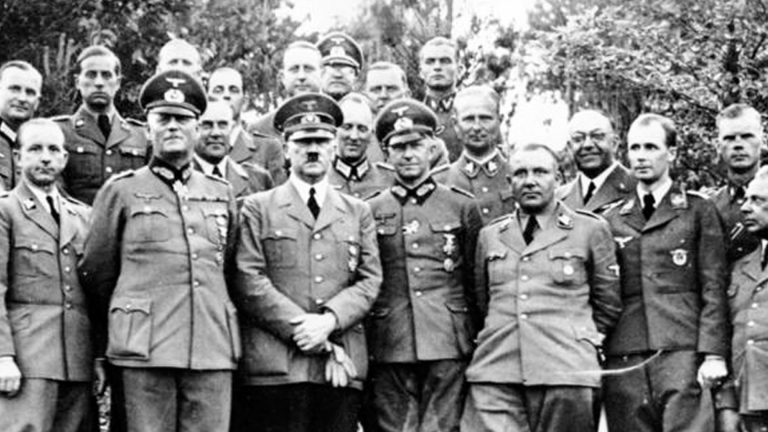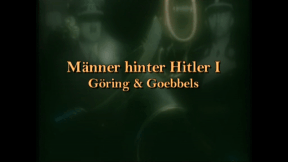Suche:
- # Artistry
- # Biology
- # Chemistry
- # Ecological
- # Economy
- # English
- # Foreign Language
- # Geography
- # German
- # Health
- # History
- # Informatik
- # Latin
- # Mathematics
- # Media Education
- # Music
- # Physics
- # Politics / Civics
- # Preschool
- # Primary School
- # Religion
- # Society
- # Sports
- # Technology
- # Training of Teachers
- # Vocational Education
Pubertät
Die Zeit zwischen Mädchen und Frau, zwischen Junge und Mann ist aufregend und extrem. Mal geht es auf, dann wieder ab. Es ist eine Zeit der Gegensätze und Launen, Irrungen und Wirrungen. Man nennt sie: Pubertät. Biologisch zeichnet sich die Pubertät durch die Veränderung der primären und sekundären Geschlechtsmerkmale aus. Der Reifeprozess verläuft bei Mädchen und Jungen unterschiedlich. Wenn Kinder in die Pubertät kommen, entsteht im Gehirn eine neue Ordnung. Früher dachte man, dass das Gehirn im Alter von sechs Jahren ausgebildet sei. Heute weiß man, dass das Gehirn während der Pubertät noch einmal ganz neu umstrukturiert wird. Die Meinung der Erwachsenen wird plötzlich nur noch sehr ungern akzeptiert. Dafür suchen Jugendliche nun verstärkt Rückhalt bei Gleichaltrigen. Unser Unterrichtsfilm zeigt die Erfahrungen von Mädchen und Jungen sowie Eltern auf.
Learn moreMice, Small Rodents
Mice are found almost everywhere. The small agile rodents live in forests, meadows and fields but also in our very midst. They have long or short tails, big or small ears. Even if they differ on the outside, all of them have one thing in common: sharp incisors with which they gnaw their way through life. Not every animal called “mouse“, counts among the ”true mice“. The white-toothed shrew, a small, grey-coloured animal, is often found in settlement areas. Outwardly it looks very similar to a true mouse, its frenzied behaviour reminds of mice, too. Shrews, however, are not rodents but carnivores with sharp little teeth, which feed on worms, woodlice, insect larvae and other invertebrates. They are more closely related to the hedgehog or the mole than to mice.
Learn morePoison
Throughout history, humans have always tried to understand the mysterious power of toxins. In doing so, they sometimes discovered healing medicine, and sometimes lethal mixtures. This DVD treats the history and origin of poisons and their use by man. The most common and most dangerous known poisons are introduced. A journey into the body unveils the secrets of the deadly substances and shows how poisons work and why some kill slowly and painfully while others take effect suddenly and unexpectedly. Many plants and fungi produce life-threatening substances. But animal poisons are unparalleled in their effects. These ex- periments of nature also inspired human preparers of poison as well as healers. The most mysterious cases from history and nature could be re-opened. With the help of the new findings, new cures might be developed.
Learn moreBasics of Biology II
In its first chapter, Basics of Biology II deals with the food chain. The producers as the basis of the food chain and the consumers, the herbivores and carnivores, are introduced /presented. Further focus points are the energy intake through food as well as the energy losses connected with it. The resulting energy efficiency of a herbivore is vividly illustrated in an experiment. Subsequently the carbon cycle is dealt with: its occurrence and the carbon cycle from producer to consumer, and last but not least the function of destruents. In the third chapter the next important cycle, the nitrogen cycle, is discussed. Special emphasis is put on the process of nitrification as well as the function of nitrogen-binding micro-organisms and their natural fertilisation of our agricultural soil. The importance of the nitrate for plants is shown in a laboratory test. Together with the extensive additional material the DVD is ideally suited for use in the classroom.
Learn moreSacraments
The Sacraments – they are the visible and audible signs of the invisible workings of God on man. Often they occur at transitions and significant life events such as birth, admission into the community of Christians, growing up. These are the Sacraments of Initiation. In addition, there are the Sacraments of States of Life. They are administered for the decision to enter upon a lifelong companionship or a lifelong service in the Church. And finally, there are the Sacraments of Healing. The word "sacrament" comes from Latin and means: holy sign or also way of salvation.
Learn moreClimate Phenomena
Weather, atmospheric condition and climate must be clearly distinguished.
Learn moreSaxony
The federal state of Saxony lies in the southeast of the Federal Republic of Germany. Besides an overview of the state, this DVD offers a detailed description of the character and history of Saxony’s natural landscapes. One focus of the film is the chapter on the eventful history of this state, which renders the DVD suitable not only for geography lessons but also for history lessons. Besides natural resources and the industry, the chapter on Saxony’s economy discusses the cities of Dresden, Leipzig and Chemnitz in terms of their sights as well as their structure and regional economy. In view of the agricultural-ecological diversity of the state, agriculture is treated in a subchapter of its own. Due to the modular, modified regional-studies approach, the DVD is suited for both interdisciplinary and focus-oriented teaching strategies and access modes.
Learn moreBaden-Wuerttemberg
Baden-Wuerttemberg – The Federal States Baden-Wuerttemberg, the third largest federal state, is located in the southwest of Germany. Its landscape structure is highly diverse and offers such different nature areas as the Odenwald, the Spessart, the Upper Rhine Plain, the Black Forest and the Swabian Jura. Baden-Wuerttemberg, formerly divided into Baden and Wuerttemberg, has a long and turbulent history, which can be traced far back into the past. The federal state itself is not very old, it is the youngest federal state in Germany. Baden-Wuerttemberg counts among the economically strongest and most competitive regions of Europe. It is the exporting country number one among the federal states and is considered the most innovative region of the EU as far as high technology, research and development are concerned. Of particular interest for tourism are Baden-Wuerttemberg traditions, among them the typical Black Forest houses and the costumes with their ”Bollenhut“ hats. Together with the extensive additional material the DVD is ideally suited for use in the classroom.
Learn moreSozialismus
Der Unterrichtsfilm beleuchtet die Grundlagen des Sozialismus, der als Gesellschaftsmodell auf Gemeineigentum und Gemeinwirtschaft beruht. Er hielt infolge der Industrialisierung als Gegenmodell zum Kapitalismus Einzug. Doch in den Ländern, wo sich der Sozialismus verbreitet hatte, erwies er sich als ökonomisch ineffizient und führte letztlich zur Einschränkung der menschlichen Grundrechte sowie zur Verletzung der Rechtsstaatlichkeit.
Learn morePolice
This DVD provides comprehensive information on the diffe- rent areas of police activity. The responsible job of police officers as well as their every- day duties are clearly described and shown in a way that is understandable to primary school pupils. “Police – In Action for Safety” offers a detailed insight into the cop-operation of all police forces and the technical means available to them, for instance when on duty in road traffic, at special or large events, when searching for persons, when solving crimes as well as on daily patrol duty. In exciting film clips, the pupils can directly experience what the life of a police officer is like. The comprehensive accompanying material complements the facts already learned and further includes many transfer tasks, language games and mathematical questions regarding police work.
Learn more



